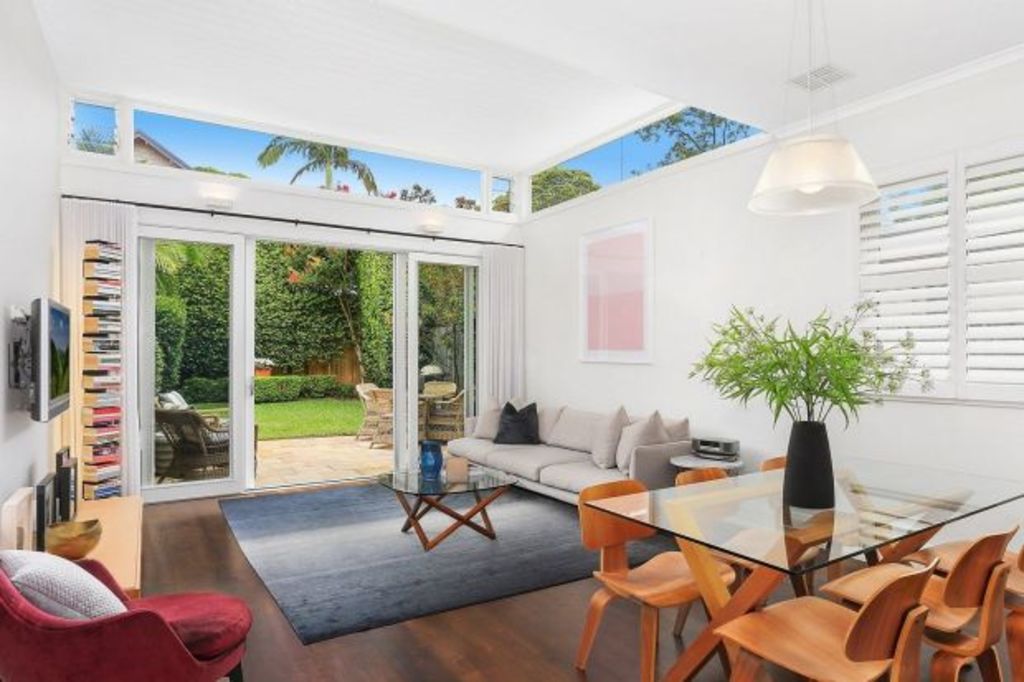With stamp duty so high, is it better to move house or renovate?

Moving can be chaotic, stressful and time consuming, but above all, it’s expensive, mostly due to stamp duty, the tax that homeowners are slugged with every time they buy a property.
In Sydney, where property prices are highest, stamp duty costs a whopping $50,364 when purchasing a median-priced house. It’s not much cheaper in Melbourne at $49,712, despite prices being $276,000 lower. Even in Hobart where stamp duty is lowest, buyers of a median-priced house can expect to pay $15,851.
Stamp duty isn’t the only cost to worry about when trading up. Real estate agents charge about 2 per cent commission to sell a home, or $23,590 for a median-priced house in Sydney and $18,077 in Melbourne. A typical homeowner considering upgrading in the two major capitals is looking at a bill of about $70,000.
This cost can be a significant barrier to moving, and research shows that people are staying put and renovating instead to get the house they want.
One glance at these numbers might have you wondering how far the extra cash could go improving your own home. But renovations aren’t cheap either, so for homeowners considering upgrading, deciding which strategy is best can be challenging.
Is renovating worth it?
A survey by finder.com.au revealed one in three Australians have renovated their home, and according to Finder money expert Bessie Hassan, the high price of relocating is a driving factor.
“The cost of selling and upgrading can far outweigh renovating, when rising house prices, steep agent commissions and moving costs are taken into consideration,” she said.
The survey also found 26 per cent of people renovated to increase the long-term value of their property, while 10 per cent of renovations were done to prepare a property for sale.
- Related: Homeowners expected to splurge record amount on renovations
- Related: The unique challenges of renovating a two-storey home
- Related: How to calculate your kitchen renovation budget
According to the research, renovating the key areas of the house could cost less than the $70,000 Sydneysiders or Melburnians would spend moving.
Kitchens cost $16,883 on average, while bathrooms cost $12,460, floors cost $9738, a new deck costs $12,392 and an outdoor revamp costs $11,446.
But director of building company The Middlewoman, Sarah Wood, said a major renovation would be much more expensive than moving.
She said her clients typically spend between $300,000 and $500,000 renovating their whole house, but that cost only makes sense when taking a long-term view.
“The general guideline is if you’re not going to stay in the house for five years, it’s not worth doing major building work,” she said.
At the top end of the market, where homeowners face even bigger stamp duty bills when trading up, making the decision to renovate is much easier, according to director of Richardson & Wrench Mosman & Neutral Bay Robert Simeon.
“People are looking and seeing it’s going to cost anywhere between $350,000 and $800,000 [in stamp duty],” said Mr Simeon, whose clients often have to pay premium property duty at a higher rate if the value of the property exceeds $3 million.
“When they see what they’ve got to pay, they feel they’re better off renovating,” he said. “People just aren’t moving. It’s completely destroyed the market.”
Ms Wood says homeowners who are prepared to fork out the cash to create their dream home are inevitably satisfied with the result.
“They always stay twice as long as they think they’re going to stay, and they always spend twice as much as they think they’re going to spend.”
Ms Wood says extending a house is much more expensive than reworking the existing layout, and suggests homeowners could save money by using their space more efficiently.
“The solution is not always adding things, sometimes it’s about taking things away and simplifying things,” she said. “A well designed space is much better than a big space.”
When is moving better than renovating?
Stamp duty and agent fees need to be considered necessary evils in situations where renovating isn’t possible or won’t create the desired result.
The most common situations include relocating to a different suburb or city, or upgrading from an apartment, where renovations are limited to cosmetic changes.
Hidden costs can make renovating risky if the budget is stretched to the limit. Peeling back the layers of an older home often reveals problems that can’t be left as-is, and property inspector Eamon Donnellan from Acclaimed Building Consultancy said this can cause costs to blow out.
“Many new buildings are timber framed or brick veneer. Rewiring a house like that would be a lot easier, whereas with an older brick wall, it’s a huge job,” he said.
Moving might also be the smarter option if renovating your current home isn’t feasible due to a small block size or heritage restrictions.
Renovating a small turn-of-the-century inner-city terrace often involves flipping the layout to create an open-plan living area at the rear, which can easily cost $200,000.
This might not even include an additional bedroom or extra internal space due to site restrictions, and adding a second story can often double the price. Moving could be the more cost-effective way to avoid outgrowing a small property within five years.
We recommend
States
Capital Cities
Capital Cities - Rentals
Popular Areas
Allhomes
More







